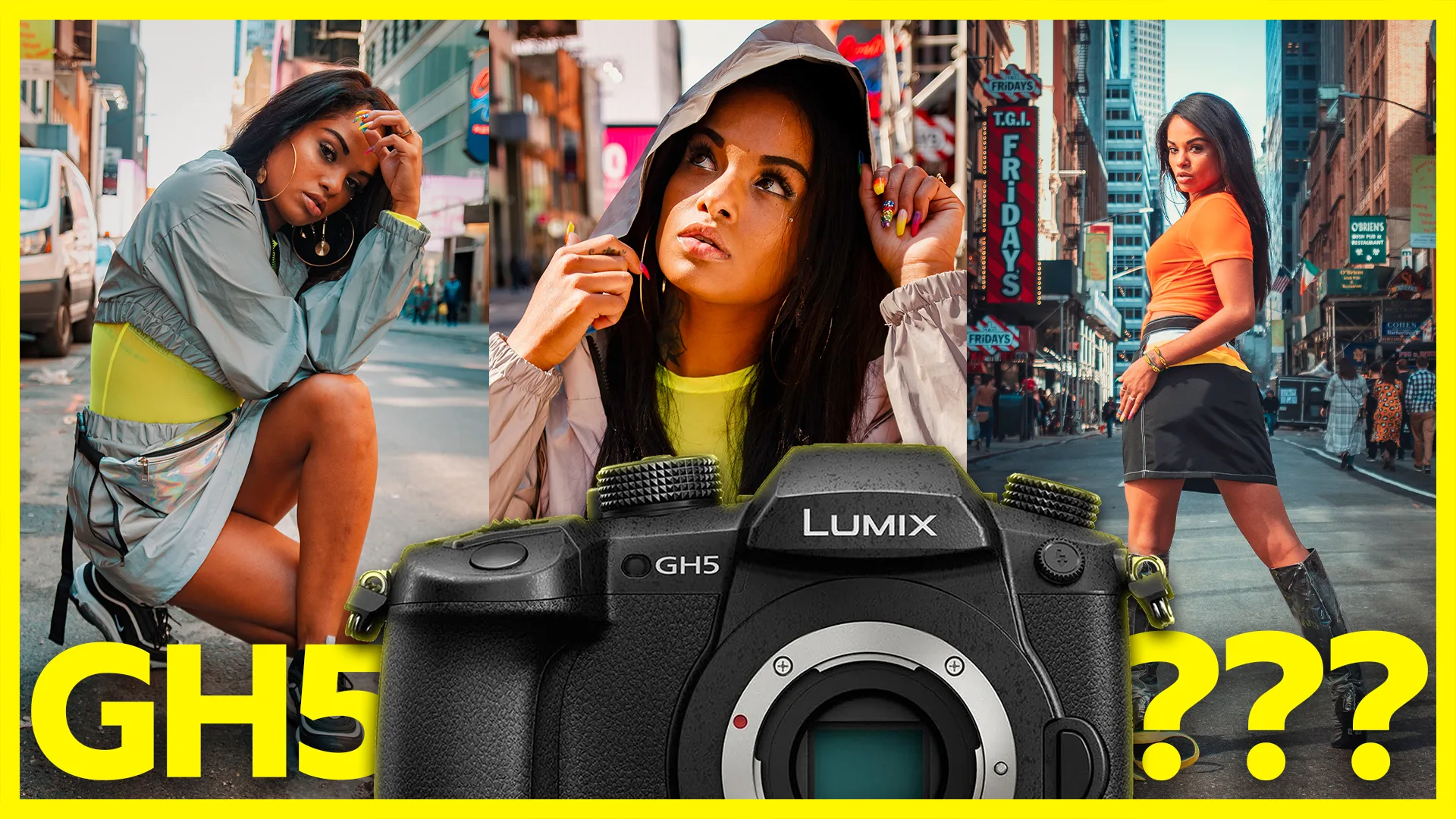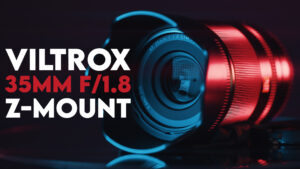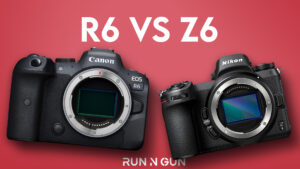Is the Lumix GH5 Still a Good Camera Today?
When Panasonic released the Lumix GH5 in early 2017, it caught my attention for both its photo and video features. Keep in mind, the last camera I’d purchased was the Canon 5D Mark II … in 2009. So, needless to say, I was in need of a camera body upgrade.
With the ability to shoot 4K video at 60 fps and Full HD at 180 FPS, the GH5 became my primary camera for video work. The 20.3MP sensor and IBIS were also great. But, here we are, 7 almost 8 years after the GH5’s initial release…. And I think we both have the same question: Is the Lumix GH5 still a competitive camera today?
Is Micro Four-Thirds Good?
The questions I see asked the most, are typically about the Micro Four-Thirds sensor. For starters, we all know the MFT sensor is smaller than full frame and APSC sensors. Now, a smaller sensor does have its pros and cons. For starters, smaller sensors mean smaller cameras and smaller lenses! Little pocket-sized lenses make the Panasonic Lumix GH5 great for traveling and run and gun filmmaking.
MFT sensors have a 2X crop factor when compared to full frame. So a 50mm lens on a MFT will be 100mm. This is great because telephoto lenses are much smaller than full frame lenses. However, this does make it more difficult to capture wider focal lengths. For example, a 24mm focal length which we know is pretty wide, gets cropped to 48mm equivalent on the GH5.
A lot of full-frame snobs and pixel peepers will complain about low light performance, but I’ve had the GH5 produce great photos and video in low-light situations. Remember all cameras need SOME light to see. Even if it’s a candle! Feed your camera light and it will reward you.
Overall, a MFT sensor is still a good sensor, it’s just different… or physically smaller. Hopefully that helps you understand the micro four thirds system a little better.
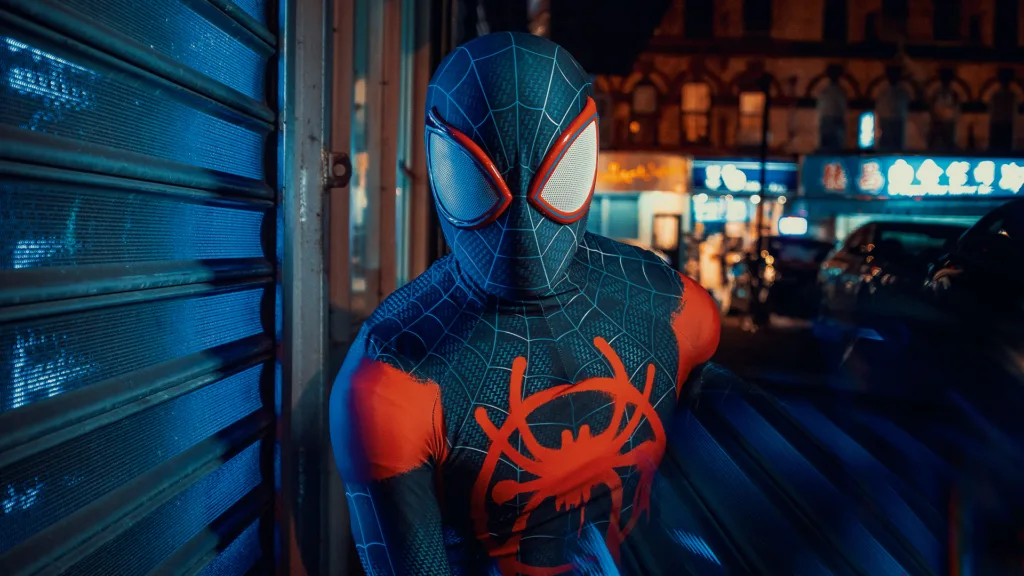
Buying a GH5 for Video
The Lumix GH5’s biggest selling points, in my opinion, are the video features. When compared to today’s camera standards, 4K60 is still a highly sought after feature. Yes, some new models today can shoot 6K and 8K. For most creators, that overkill. And think about storing those huge files! High quality 4K is more than enough for filmmakers, freelance videographers and YouTubers. Additionally, the internal 10-bit 4.2.2 recording gives you more color data to work with if you plan to color grade your footage.
I’ve personally shot about a dozen short films, and about 100 YouTube videos with my GH5. The quality is phenomenal in my opinion. If anyone says otherwise, it means they probably need to work on their lighting skills…. Just sayin’.

Still Photography with the GH5
While Panasonic’s Lumix GH5 is well known for its video capabilities, it can still take some good photographs! As I mentioned before, it has a 20.3 MP Micro Four-Thirds sensor that can capture 12 FPS! If you photograph wildlife, the ability to double the focal length of your telephoto lenses is a game changer!
One of my favorite photoshoots with the GH5 was at night in Manhattan. My friend Eli had an awesome Spiderverse costume (@Spidey_Verse), and we ran around with nothing more than the GH5 and a tiny LED light!

Poor Autofocus Performance
If you’ve heard about the GH5, you’ve probably heard about the Autofocus. I’m not going to even try to sugarcoat it — it’s pretty bad. In the GH5, Panasonic used what’s known as Depth from Defocus (DFD), which is quite slow. By today’s standards it’s pretty terrible. Even back 7 or 8 years ago, Sony’s autofocus performed far better.
Is Autofocus a dealbreaker for you? Maybe. If you primarily shoot fast-paced action, such as sports, I wouldn’t recommend the GH5 to you. I bought my GH5 first and foremost for the video features. When I’m capturing video, I don’t need autofocus. All of the cinema lenses I own (such as the Sirui Nightwalkers) are Manual Focus anyways. And when I did portrait shoots with the GH5, I typically utilized my manual focus Nikkor lenses with an adapter.
So, just because AF was not a dealbreaker for me, doesn’t mean it may not weigh more heavily in your camera-buying decision.
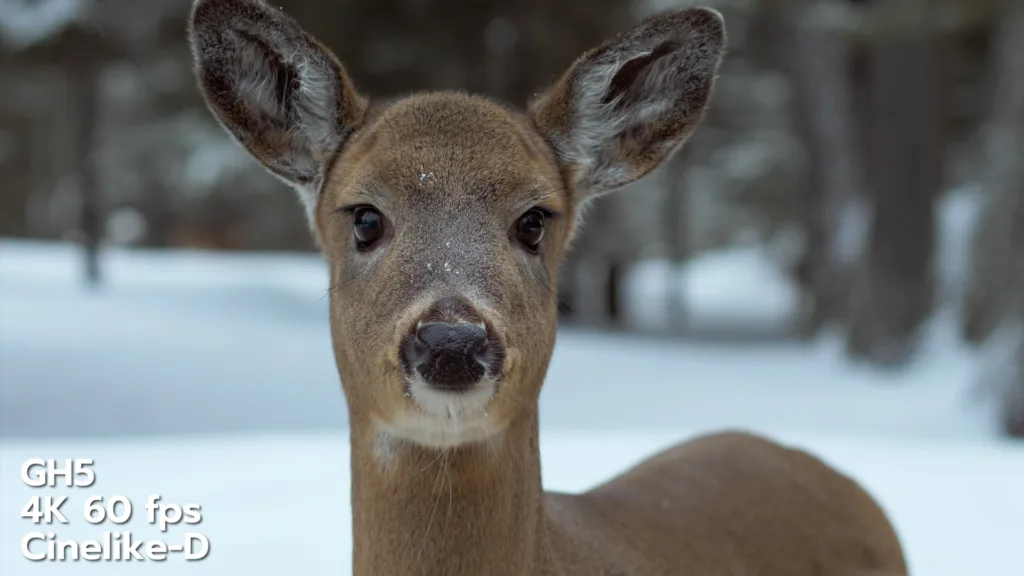
GH5 Build Quality
The in-body image stabilization (IBIS) in the Lumix GH5 is phenomenal. It was a game-changer in 2017, and is still one of the best today, in my opinion. I actually quite using a tripod for years because of it! Paired with 60 FPS, get ready for some extremely smooth hand-held footage!
Also, thank goodness for weather-sealing, because GH5 has been through all sorts of rain, snow and dust. I love that the GH5 has 2 card slots, especially when I’m shooting lots of video. I can film all day and never have to fuss with switching my SD cards out. Now, I personally like the menu system in the LUMIX cameras. Some camera menus really stick, but I think the GH5’s are quite intuitive and easy to navigate.
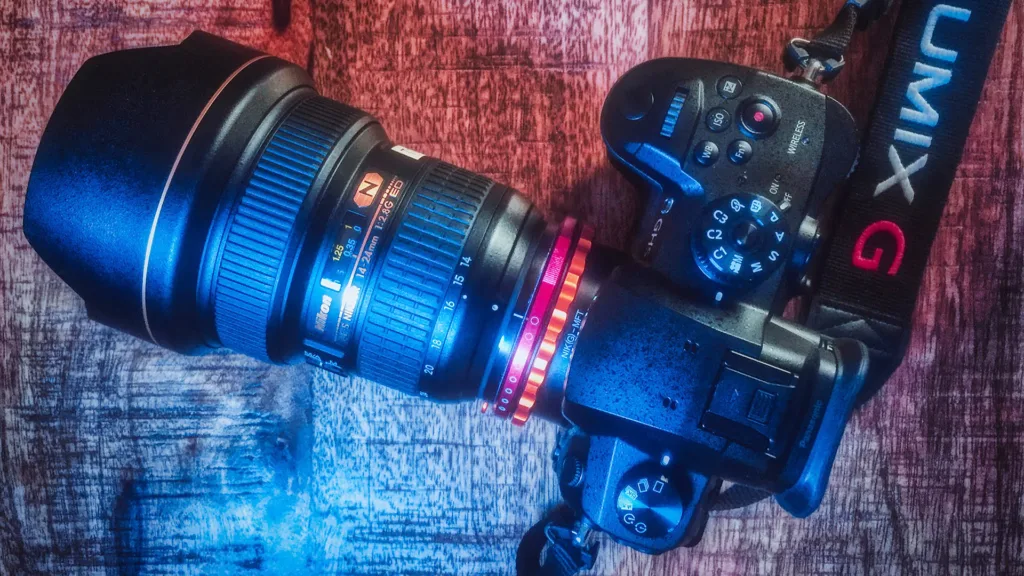
Conclusion: Is the Lumix GH5 Still Good in 2024?
I believe that both filmmakers and photographers on a budget should seriously consider the Lumix GH5. By today’s photo and video standards, I think the GH5 holds up well. The one area it’s certainly lacking is autofocus. If that’s a critical feature for you, maybe look into an older Sony A7 model camera.
I’m still using my GH5 along side my Lumix GH6 for professional video work. It gets the job done, and that’s ultimately what I need from my cameras. If you enjoyed this review please subscribe to my newsletter down below, and of course my Photography Youtube Channel: Run N Gun Photography!
Until next time, get out and go shoot!

